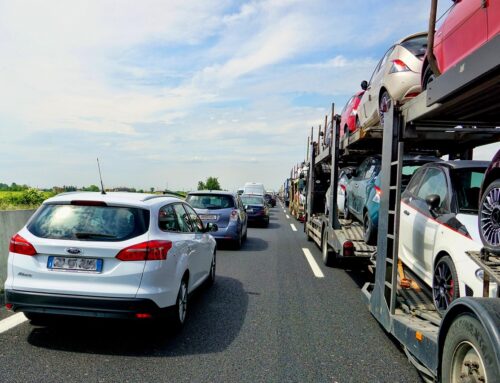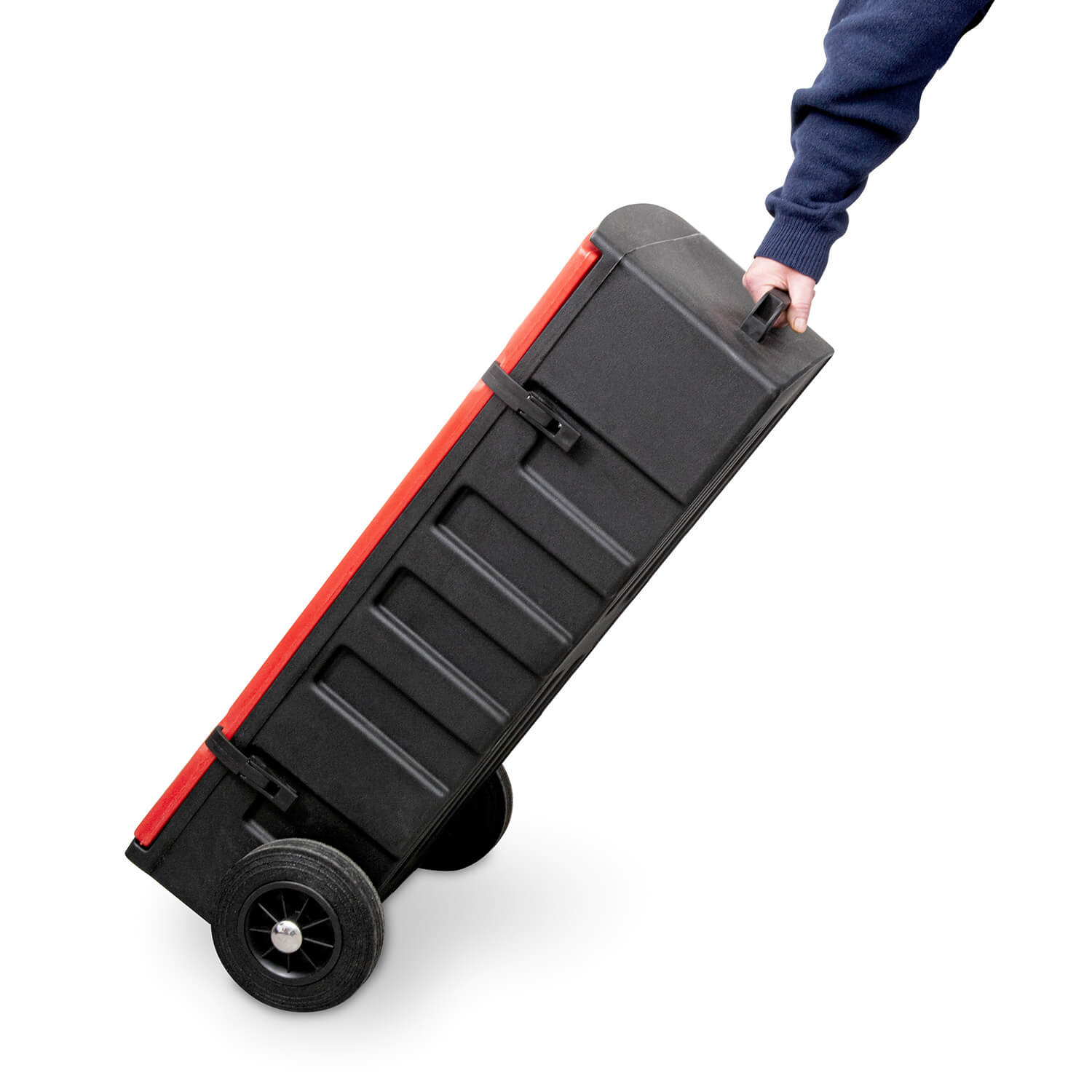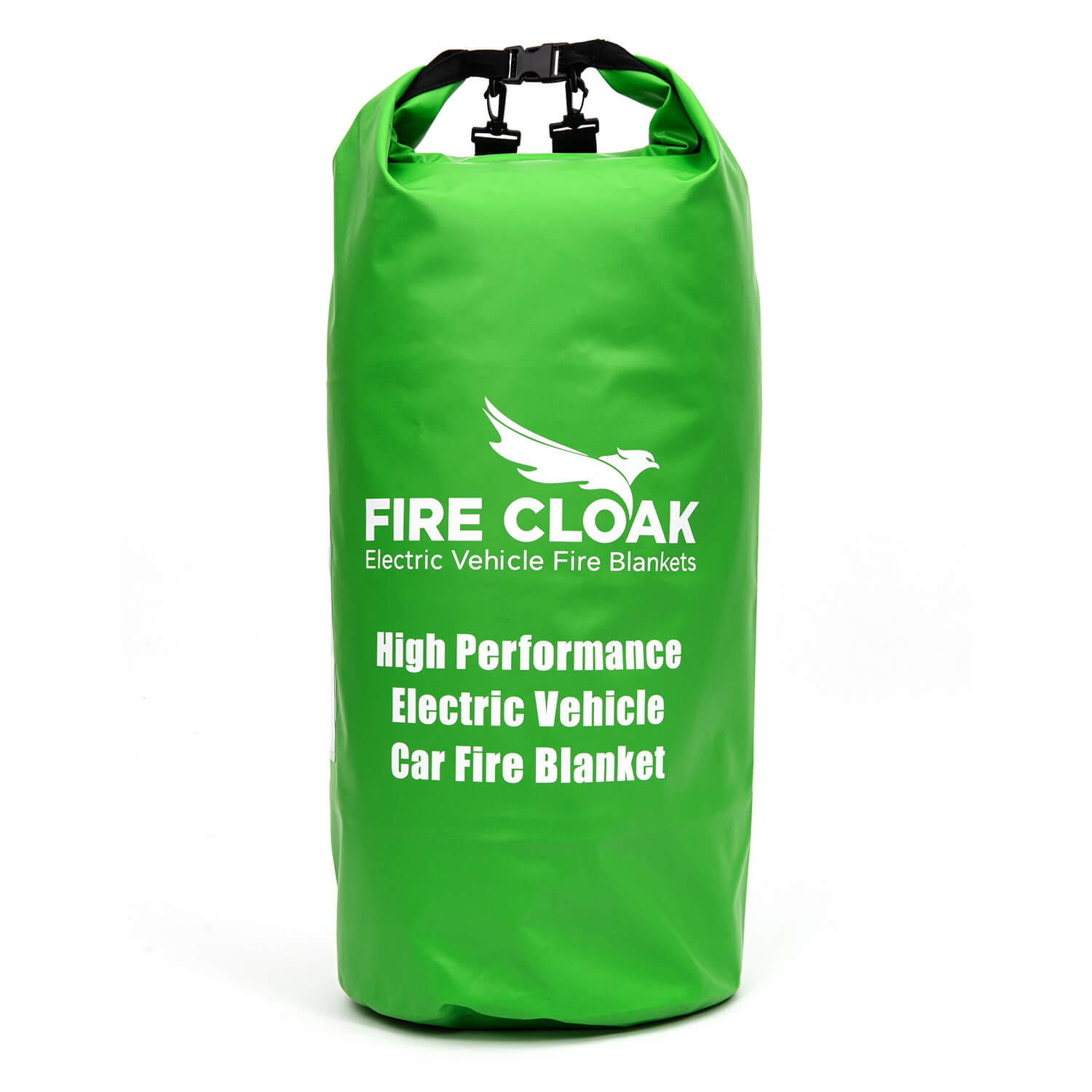Despite the fact that they are relatively uncommon, electric vehicle (EV) fires are notoriously challenging to put out when they do occur. So, how do you put out an electric vehicle fire?
The main reason for this is that the fire is usually the result of damage or a fault to the lithium-ion batteries. The fuel source for the entire EV, lithium ion-batteries deliver a far higher energy density than the batteries found in petrol or diesel cars. As such, should an electric vehicle catch fire, it can burn for several hours at a very high temperature. It also has the propensity to reignite hours, days or weeks after it first caught fire.
The problem with electric vehicle fires
As outlined, the source of an electric vehicle fire is normally its lithium-ion battery pack. Located on the underside of the car, this battery pack is not only difficult to access, it also represents a shock hazard for emergency personnel attending the fire. What’s more, thanks to the electrolytes in lithium-ion batteries containing hydrocarbon solvents, electric vehicle fires can burn at temperatures exceeding 1,200°C. This only adds to the dangers of tackling electric vehicle fires.
How to put out an electric vehicle fire
You may be surprised to discover that several electric vehicle manufacturers actually advise emergency personnel to oversee a controlled burn in the event of fire. This procedure involves trained firefighters protecting the area around the burning car and waiting for it to burn out over time i.e. for all the energy in the lithium-ion battery to be spent.
Deployment of an electric vehicle fire blanket
Unfortunately, a controlled burn is not always an option, especially in confined or heavily populated spaces such as car parks, ferries, garages, road tunnels or petrol stations. The objective is this case is to minimise the combustion potential by depriving the fire of oxygen and the best way to do this is with a specialist electric vehicle fire blanket. Once the car fire blanket has been deployed, the fire brigade can focus on extinguishing the fire.

























